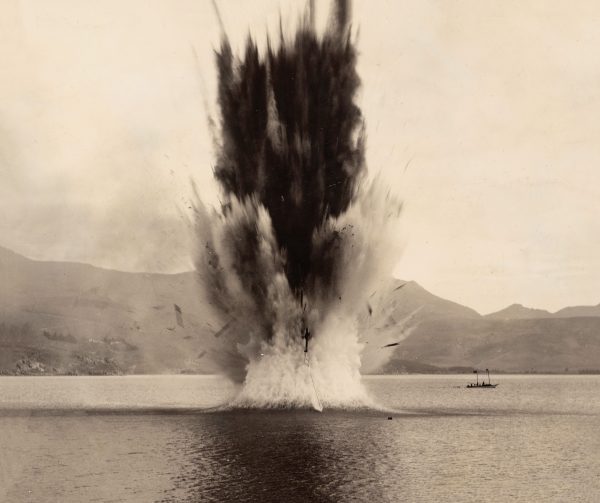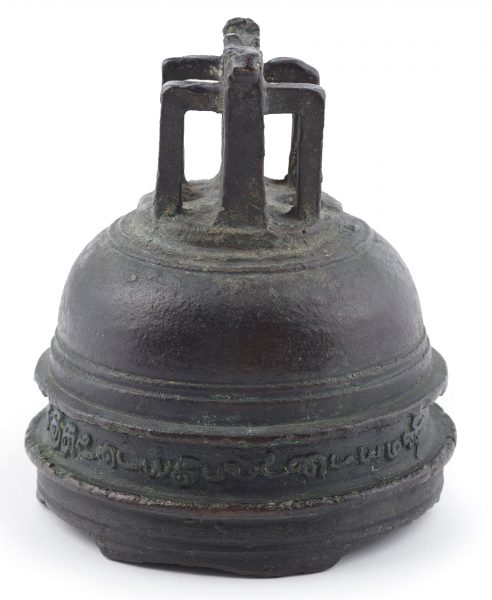The Sandow Season
It was the sensation of 1902—a celebrity bodybuilder toured New Zealand encouraging locals to get ripped.

When the No 3 Company of Vaudeville Stars arrived in Auckland in November 1902, its headline act, “the world-famed athlete and exponent of physical culture” Eugen Sandow, was already a star.
Schools teaching the Sandow method of systematic exercises were active in a number of cities, including Whanganui, Wellington, Christchurch and Dunedin. Hundreds of students had attended classes and bought Sandow’s training equipment. Earlier that year, a Christchurch devotee had even won a gold medal in Sandow’s international competition for achieving “the best results of three months’ postal instruction” using the system.
Before his arrival, Sandow had circulated studio photos of himself striking heroic poses in revealing leopard-skin pants.
The stage performances followed a winning formula. The curtain rose to reveal Sandow on a revolving pedestal, dusted with powder. In silence he tensed his body, so that his muscles stood out “like coils of cordage”, in the words of a reporter for the Weekly Press. As he rotated, his audience was able to take in every detail of “the best developed man that ever lived”, according to Harvard professor of physical education Dudley Sargent. The Evening Post likened Sandow to “a beautifully chiselled statue of an Olympic giant”.
Then, attended by helpers dressed like Greek slaves, Sandow launched into his strongman act, tearing packs of cards, the shreds of which he flung to the audience. He lifted massive barbells, raising a 70-kilogram weight to a horizontal position while dangling from a perpendicular pole. And finally, he performed “the tomb of Hercules”, which saw him bearing the combined weight of all of the dumb-bells and his six assistants.
The classical allusions were intentional. Sandow often spoke of how he had been taken to Italy as a child, where his imagination and wonder were fired by the splendid physiques embodied in the statues of ancient Rome. It was no coincidence that a plaster replica of a cast of Sandow’s body, taken by the British Museum, accompanied the tour.

The enthusiasm that greeted what came to be called the Sandow Season was extraordinary. The seven-week tour was widely covered in the press, tickets quickly sold out, and department stores advertised Sandow’s patented equipment and arranged for his assistants to perform the exercises in their windows. Such was the popularity of these displays that the owners of one Christchurch store were charged with impeding traffic after the spilling crowd of onlookers and stopped cabs caused mayhem on the road.
Sandow’s 1902 visit was timely. Infant mortality in New Zealand was high, there was widespread talk of Māori dying out, and the recent war in South Africa had highlighted the poor health of many of the country’s young men. Sandow dismissed the drill programme followed in New Zealand schools as mere “recreation”. Instead, he preached the gospel of science-based physical culture. And it was not just the young who would benefit, he said, but men and women of all ages. Sandow, who is said to have adopted his first name in honour of the new “science” of eugenics, had stories of lunatics and consumptives being cured thanks to the Sandow System, and he argued that if what he called “compulsory physical culture” was introduced in New Zealand, prohibition—then a hotly debated issue—would prove unnecessary.
In the years following the departure of the Mighty Sandow, others took up the torch of physical culture in New Zealand. But the commercial spectacle of the Sandow Season was never repeated.

















